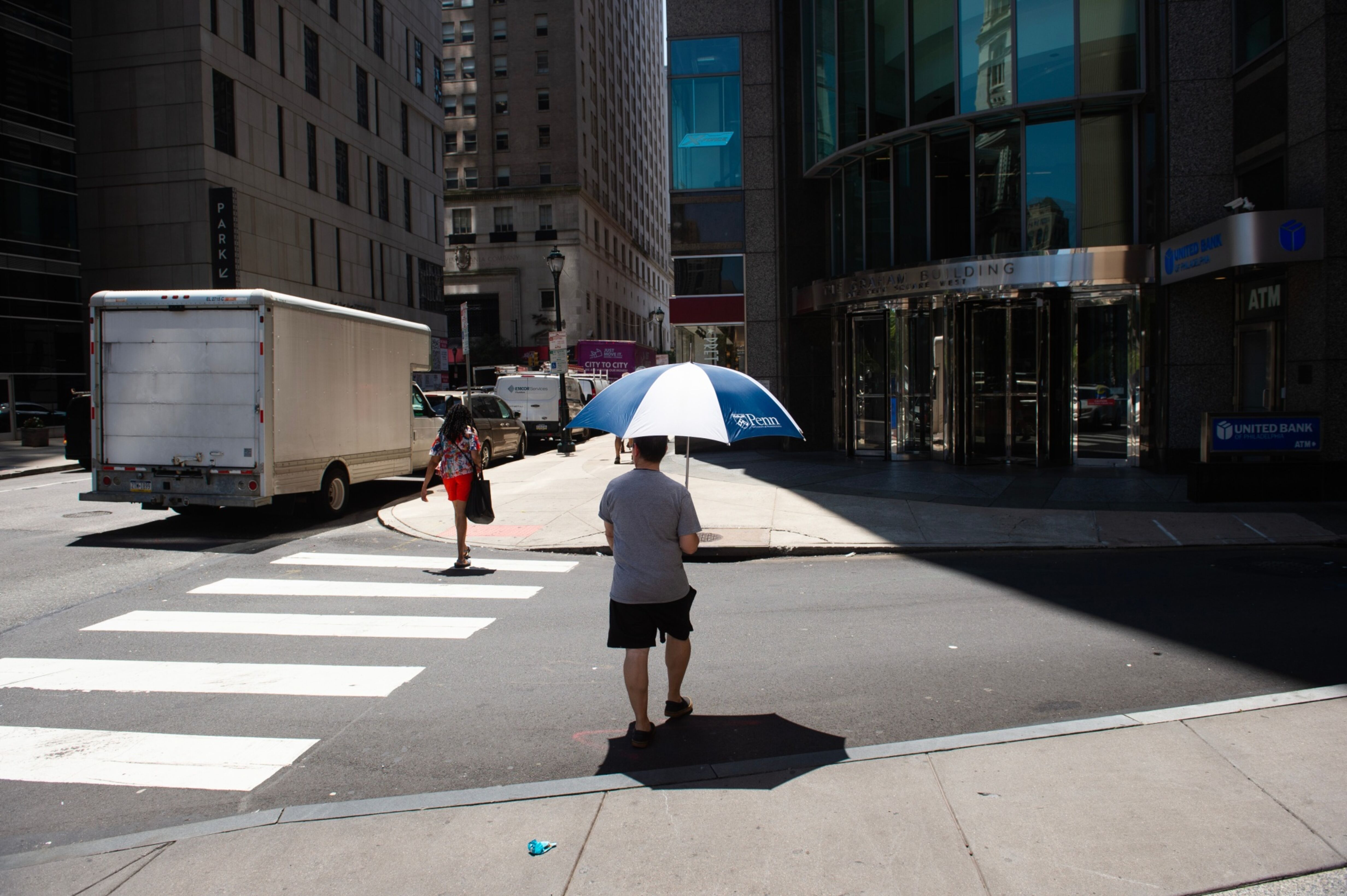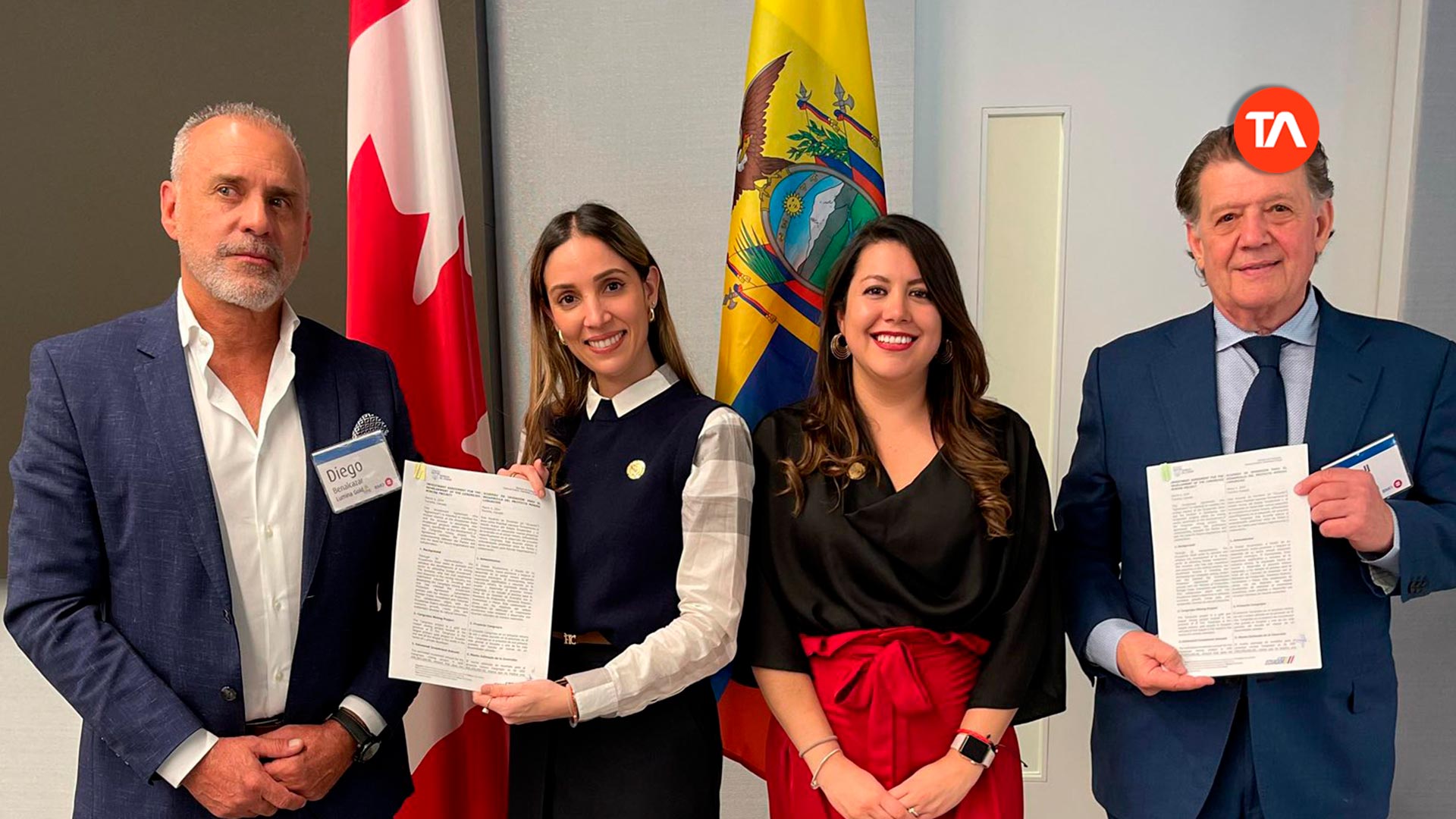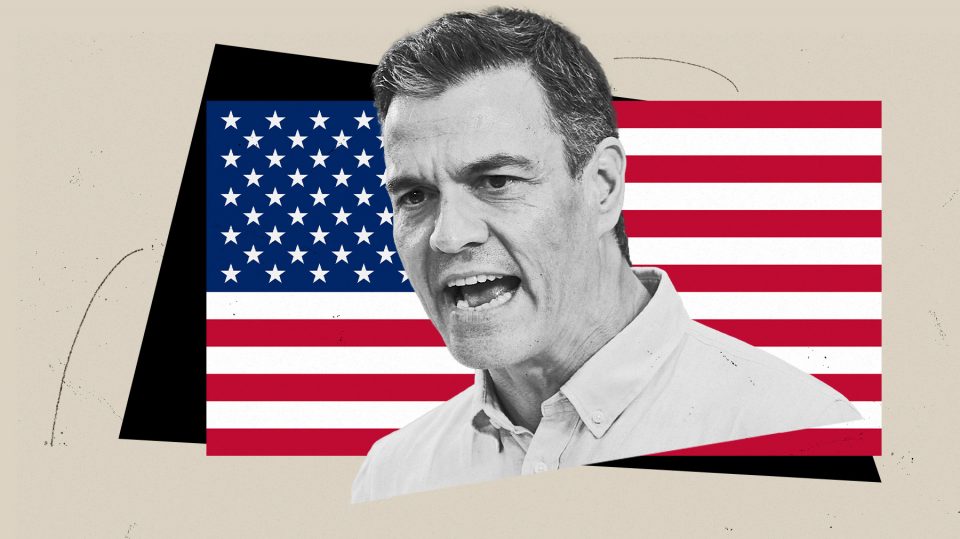Bloomberg Opinion – Natural disasters like the deadly Maui fires are tragic in terms of loss of life. But this does not mean that we should not take into account the economic damage, which is often significant. In a normal year, the greatest human and economic cost of natural disasters is associated with rising temperatures, though heat is often overlooked, which is why it’s called the silent killer.
Low labor productivity is the main channel through which high temperatures affect the economy. Researchers at the Atlantic Council, a moderate think tank, estimated in 2021 that it costs the US economy $100 billion annually by reducing labor productivity, or about 0.3% of GDP. If businesses and the economy do not adapt, the decline in productivity could reach 0.5% of GDP in 2030, and then as low as 1% in 2050. This is just one of several estimates, but the negative impacts of rising temperatures on productivity form a common conclusion. . .
Global estimates mask large differences between different parts of the economy. Although the impacts are minor in the business sector, in the agricultural sector, where workers are more vulnerable to increases in outside temperatures, productivity declines significantly. Moreover, the agricultural economy has adapted little in the past 50 years to rising temperatures, indicating that the long-term effects on productivity are likely to be as large as those seen in the short term.
The geographical and industrial mix affects exposure to high temperatures. According to a study by the Atlantic Council, “Under current conditions, Arizona alone is projected to suffer nearly half of the heat-related deaths in the United States. Texas accounts for nearly a third of the country’s heat-related economic losses. Although agriculture accounts for the largest proportion Decrease in productivity, but the sector is relatively small compared to total productivity Other sectors exposed to heat are public services, construction, manufacturing and transportation In all, approximately 20% of workers perform heat-exposed jobs.
The poor bear the brunt of high temperatures, as they are more likely to work in heat-exposed jobs, lack air conditioning, and are less likely to travel to warmer regions. Patrick Behrer, an economist at the World Bank, and his colleagues have found that rising temperatures not only reduce productivity, but also hours and earnings. They predict that between 2040 and 2050, the income loss among residents in the bottom decile of income provinces will be much higher than in the top decile, 4.8% versus 0.2% per year. It is a financial blow that the poor cannot afford. The effects are greatest for workers in jobs exposed to heat.
Even within the same city, temperatures can vary widely, and low-income families are most at risk. In Washington, D.C., there is sometimes a 17-degree difference between rich and poor neighborhoods. Angel Hsu, a professor at the University of North Carolina, and his co-authors found that in 97% of major cities, the average black or Latino person is more likely to live in a hot-temperature neighborhood than the average white person. The higher temperatures in some neighborhoods are the result of buildings being located in areas that do not have much grass, trees, or plants to convert and absorb heat.
The effects of rising temperatures can have a lasting impact on social programs such as education. Joshua Goodman, a research associate at Boston University, and his colleagues found that students in schools located in hotter regions perform worse on learning outcomes on tests such as the PSAT. The impacts are greatly reduced if the school has air conditioning, but poorer school districts often do not have the resources to install it.
High temperatures are a problem that will not go away. Climate scientists from the National Oceanic and Atmospheric Administration found that in some places like Texas, the frequency of heat waves doubled between 1970 and 2000, and is expected to increase fivefold in the next 50 years. Some areas such as Phoenix, the hottest city in the United States, have made ambitious efforts to mitigate the consequences of rising temperatures by establishing an office of environmental programs. Phoenix is committing $70 million to the Homeless and Affordable Housing Project and is planting trees with $9 million in funding provided by the American Rescue Plan.
These may be symbolic but important measures that other heat-prone cities and regions can replicate and benefit from. And the economy depends on it.
This memo does not necessarily reflect the opinion of the editorial board or Bloomberg LP and its owners.





